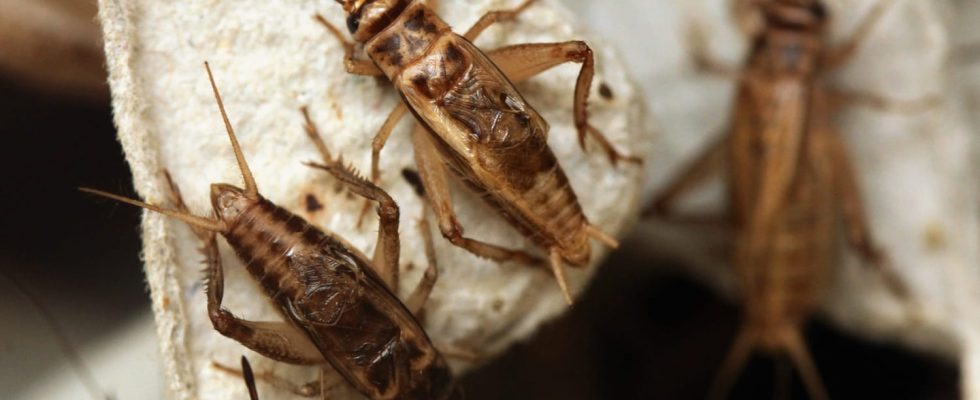Since the start of the year, a type of flour obtained from crickets can be included among the ingredients of very specific products.
Pecking insects directly as an aperitif is already possible, but this habit is struggling to appeal to the French. What if you ate it all the same? This year, the European Commission gave the green light for the marketing of flour produced from domestic crickets. This decision was published in January 2023. It follows the request of the Vietnamese company Cricket One. Only this company is therefore authorized to market such products.
The decision is valid for a period of 5 years, which means that the first products have been able to reach the shelves of European supermarkets. This news raised a lot of questions, particularly about the conditions and products concerned. Contrary to many rumors circulating on the internet after this decision, the use of cricket flour is very regulated. Brussels has issued strict regulations. First of all, products containing this flour must clearly indicate its presence on the label. A mandatory notice specifies that the ingredients must include the following text: “partially defatted Acheta domesticus (house crickets) powder”.
The list of foods authorized to contain this flour is long. We looked it up and it includes various food categories. Among them, we find multigrain breads, biscuits, cereal bars, pastas, sauces, pizzas, meat substitutes, soups, chocolate candies, and many others. However, the quantities of cricket flour are regulated depending on the product. For example, cereal bars cannot contain more than 3 grams of cricket flour per 100 grams of product, while for bread the limit is 2 grams.
Only Cricket One is authorized to market such products. In addition, products containing this flour must carry a warning specifying that the ingredient may cause reactions in people with known allergies to crustaceans, molluscs and dust mites. This authorization, which currently concerns few products, nevertheless marks a turning point in the food industry, highlighting the potential of edible insects as a sustainable source of protein. A kilo of crickets can be produced with just a liter of water, while it takes more than 4000 to produce a kilo of chicken!
